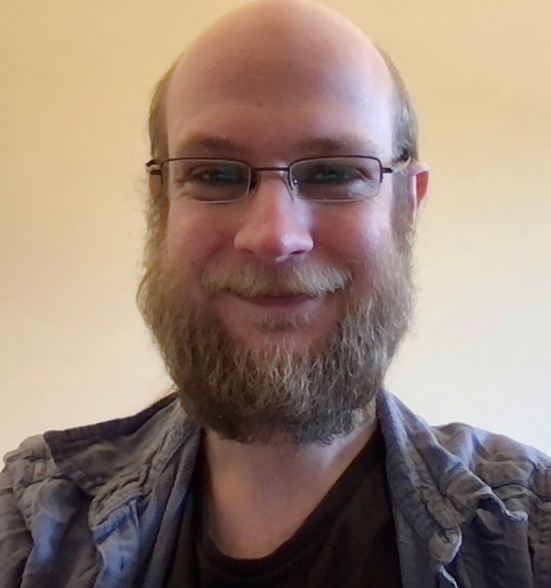
Delta på disputasen
PhD disputasen og prøveforelesningen vil foregå 100% fysisk. Rommet åpnes for deltakelse like før disputasen starter, og stenger for nye deltakere omtrent 15 minutter etter at disputasen har startet.
Delta på prøveforelesning - 6. oktober kl. 10:15 (Aud. 209, Svein Rosselands Hus)
"ALMA as a game changer in the study of protoplanetary disks"
Kreeringssammendrag
Kromosfæren er et tynt og dynamisk lag i solens atmosfære som er notorisk vanskelig å modellere, men som likevel spiller en nøkkelrolle i transporten av masse og energi gjennom solatmosfæren. Vi kan ikke måle kromosfærens fysiske egenskaper direkte, og må derfor anslå dem basert på fortolkning av spektrallinjer som dannes der. I denne avhandlingen har syntetiske spektrallinjer blitt beregnet basert på moderne simuleringer av solatmosfæren. Ved å sammenligne disse syntetiske spektrallinjene med både ekte observasjoner og med de underliggende atmosfæriske egenskapene til simuleringene, kan man både forbedre fortolkningen av ekte observasjoner og finne indikasjoner på hva simuleringene mangler i forhold til solens faktiske atmosfære.
Hovedfunn:
The theme of this thesis has been the use of forward modeling to study the formation of spectral lines in the solar atmosphere, with a particular focus on the chromospheric Ca II 854.2 nm line which is important for magnetic field diagnostics. Starting from state-of-the-art numerical simulations, modern radiative transfer codes have been used to calculate synthetic spectra, including the effects of Zeeman polarization. Combining the physical state of the model atmospheres with the resulting synthetic spectra has allowed us to investigate how these correlate, thereby guiding the interpretation of real observations. We have used simulations of differing resolutions to estimate the effect of spatially unresolved processes on inferences of atmospheric quantities from spectra. Furthermore, we have examined the use of clustering techniques to classify the shapes of the spectral profiles generated from simulations, and studied how these shapes correlate with the simulations’ atmospheric structure. We have also employed these clustering methods to characterize, contrast and compare the spectra from simulations with the spectra from real observations.